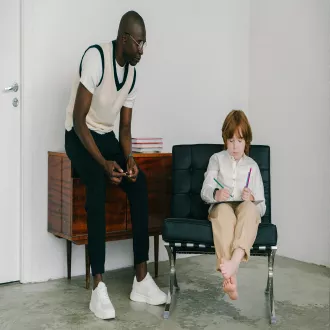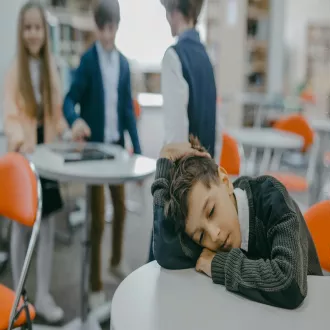Transcription Conflict as a trigger for disruptive behavior
Conflict as an Inevitable Human Experience
Conflict can be defined as a situation of disagreement in which the parties involved perceive that their interests are completely incompatible.
It is very important to understand that conflict is inherent to human relationships, which means that it will never cease to be present in our lives.
Generally, conflicts arise when one of the parties feels threatened in their integrity or that one of their fundamental rights has been violated.
Instead of seeing conflict as something purely negative, we must understand it as an opportunity for dialogue, negotiation, and personal and social growth.
The problem is not the existence of the conflict itself, but rather the way in which people respond to it when they do not have the appropriate tools.
The Link between Conflict and Disruption
The disruptive behaviors we observe in a classroom often arise from a conflict situation that has not been resolved.
When a student exhibits this type of behavior, what is really happening is an emotional outburst in the subject.
This emotional outburst is the product of an unresolved conflict, which may be of a familial, social, educational, or personal nature.
By not being able to manage the internal tension generated by the conflict, the child manifests it through behavior that is inappropriate for the context.
Disruptive Behavior as Emotional Expression
Disruptive behaviors are nothing more than the externalization of an emotion that the child does not know how to express assertively.
By not having the tools to communicate their discomfort appropriately, the child resorts to behaviors that break the rules in order to express it.
Disruptive behavior, therefore, is not the problem in itself, but a symptom of an underlying conflict that the student cannot manage.
The child seeks, through his or her behavior, that the teachers or parents can identify that something is happening to them and
conflict as a trigger for disruptive behavior




